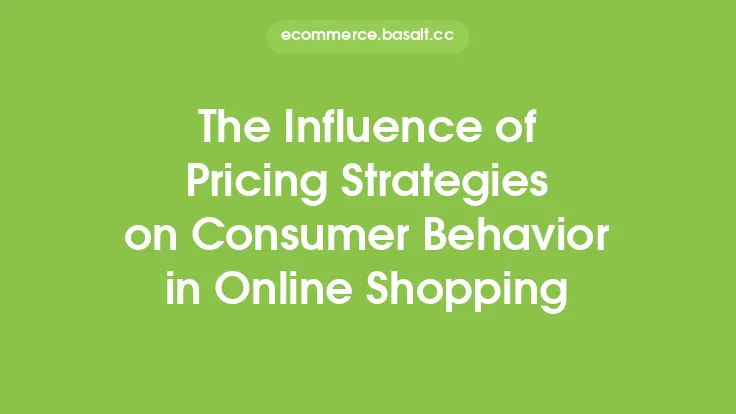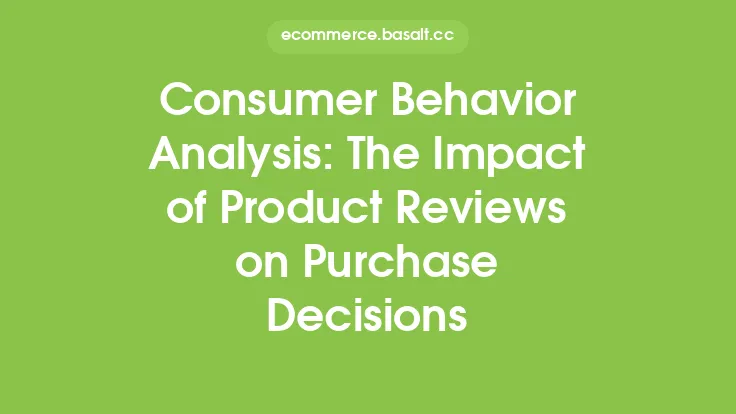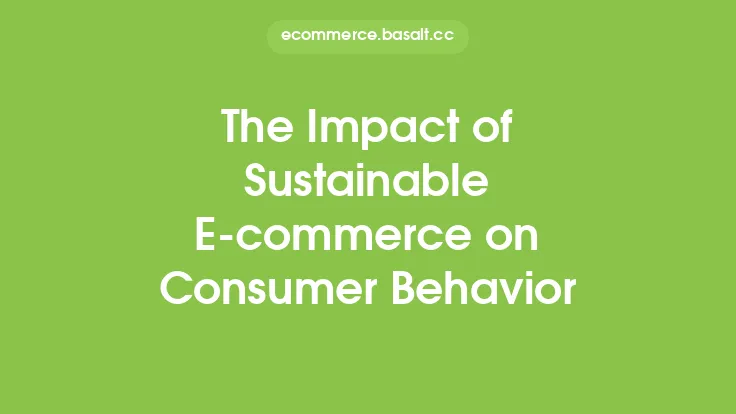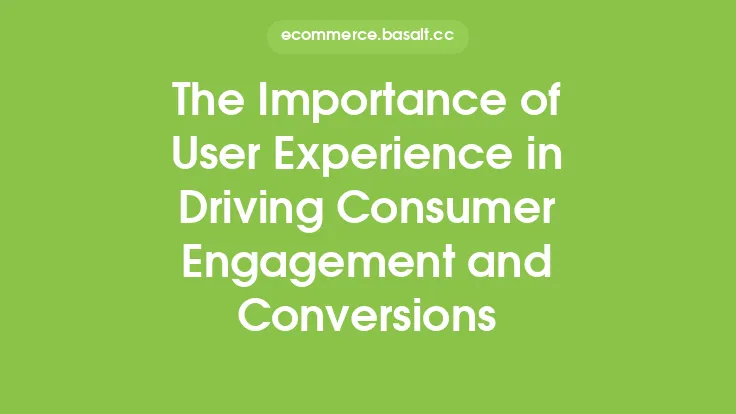Understanding how consumers perceive and respond to prices is crucial for businesses, particularly in the e-commerce sector, where pricing strategies can significantly impact revenue and profitability. The psychology of pricing delves into the cognitive and emotional processes that influence consumer behavior when making purchasing decisions. By grasping these psychological factors, businesses can develop pricing strategies that resonate with their target audience, drive sales, and ultimately, enhance their bottom line.
Introduction to Consumer Behavior
Consumer behavior is a complex and multifaceted field that encompasses various psychological, social, and cultural factors. When it comes to pricing, consumers do not solely make decisions based on the absolute price of a product or service. Instead, their perceptions are influenced by relative prices, the value they associate with the offering, and how the pricing information is presented. Understanding these dynamics is essential for crafting effective pricing strategies that align with consumer preferences and behaviors.
The Role of Perception in Pricing
Perception plays a pivotal role in how consumers process pricing information. The way prices are presented, including the use of numerical formats (e.g., $9.99 vs. $10.00), can significantly affect consumer perception. For instance, prices ending in .99 are often perceived as more affordable and of better value than rounded prices, even though the difference is minimal. This phenomenon highlights how subtle changes in pricing presentation can influence consumer behavior and purchasing decisions.
Anchoring and Reference Prices
Anchoring, or the use of reference prices, is another critical aspect of the psychology of pricing. Consumers often rely on initial prices they encounter (anchors) to make subsequent judgments about the value and fairness of other prices. For example, if a product is initially priced at $100 and then discounted to $80, the consumer perceives the $80 price as a better value due to the comparison with the higher anchor price. Businesses can leverage anchoring by strategically setting initial prices or displaying "was" prices next to sale prices to create a perception of savings and value.
The Impact of Scarcity and Urgency
Scarcity and urgency are powerful psychological triggers that can influence consumer purchasing decisions. When products are perceived as scarce or when there is a limited time to make a purchase, consumers are more likely to buy, fearing they might miss out on an opportunity. This principle is often applied through limited-time offers, limited stock notifications, or countdown timers on e-commerce websites. By creating a sense of urgency or scarcity, businesses can motivate consumers to make quicker purchasing decisions, potentially increasing sales and revenue.
Emotional and Social Factors
Emotional and social factors also significantly influence consumer behavior in relation to pricing. Consumers may pay more for products or services that evoke positive emotions, align with their personal values, or enhance their social status. Luxury brands, for instance, often charge premium prices not just for the quality of their products but for the prestige and status they confer upon the buyer. Understanding these emotional and social drivers can help businesses position their offerings in a way that resonates with their target audience's values and aspirations.
Pricing Transparency and Trust
Pricing transparency is crucial for building trust with consumers. When pricing information is clear, consistent, and free from hidden charges, consumers are more likely to feel confident in their purchasing decisions and develop loyalty towards the brand. Conversely, opaque pricing practices can lead to mistrust and dissatisfaction. Businesses should prioritize transparency in their pricing strategies, ensuring that all costs are clearly communicated and that there are no surprises at checkout.
Cultural and Individual Differences
Cultural and individual differences also play a significant role in how consumers respond to pricing strategies. What may be perceived as a good value in one culture may not be viewed the same way in another. Similarly, individual differences in personality, income level, and personal values can influence how consumers weigh price against other factors such as quality, convenience, and brand reputation. Businesses operating in diverse markets must consider these differences when developing pricing strategies to ensure they are effective and appealing to their target audience.
Conclusion
The psychology of pricing is a rich and complex field that offers valuable insights into consumer behavior and decision-making processes. By understanding the psychological factors that influence how consumers perceive and respond to prices, businesses can develop more effective pricing strategies. These strategies can enhance the perceived value of products or services, drive sales, and ultimately contribute to the success and profitability of e-commerce ventures. As the e-commerce landscape continues to evolve, grasping the evergreen principles of pricing psychology will remain essential for businesses aiming to connect with their consumers and thrive in competitive markets.





